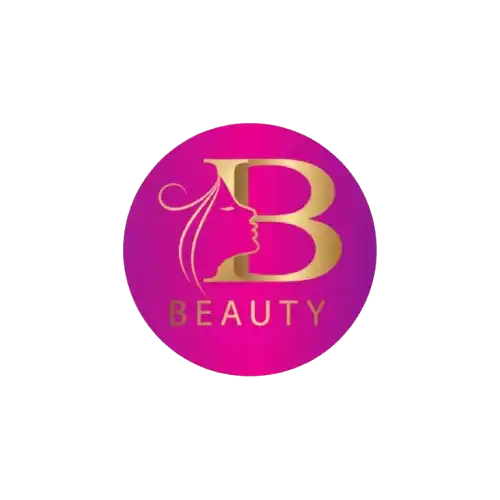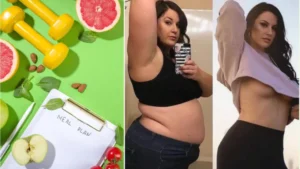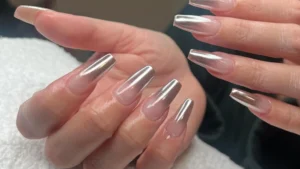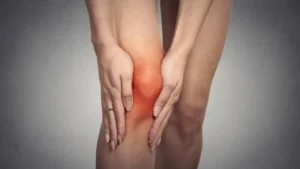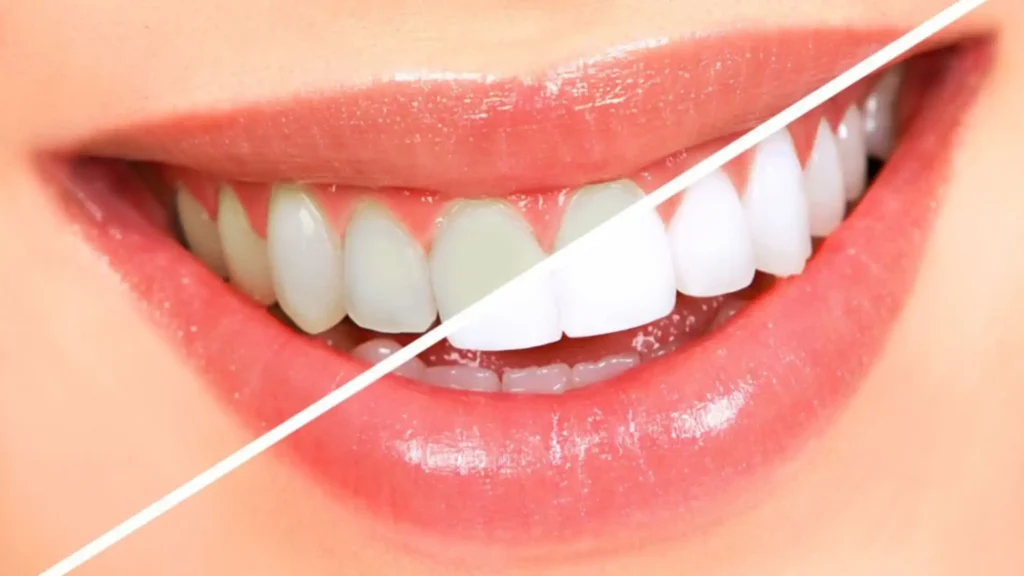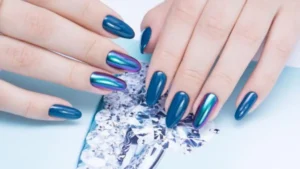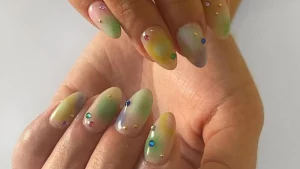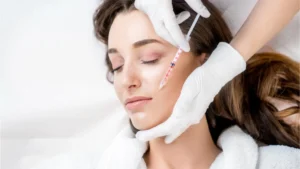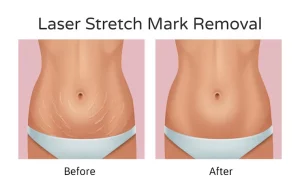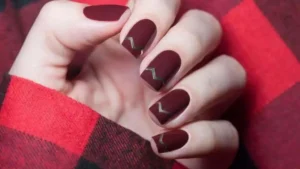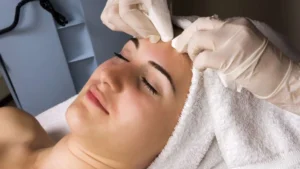In today’s era of dating apps and social media, many of us are increasingly self-conscious about the shade of our teeth.
According to U.S. Census data from 2020, approximately 37 million people in the United States use tooth whiteners, collectively spending billions of dollars annually on at-home whitening products. The hashtag #teethwhitening has been used over 300,000 times on TikTok alone. But could these DIY solutions be causing more harm than good?
He beauty here interviewed cosmetic dentist and social media personality Joyce Kahng, known as @joycethedentist, to delve into this issue.
Kahng explained to “He beauty here” that there are common misconceptions and mistakes surrounding teeth whitening, fueled in part by trends and misinformation, especially prevalent on platforms like TikTok.
Kahng pointed out four misleading trends, starting with the use of natural remedies like turmeric for teeth whitening. Despite its popularity, there’s no scientific evidence supporting turmeric’s effectiveness as a whitening agent. Additionally, its strong yellow color doesn’t imply it would work effectively.
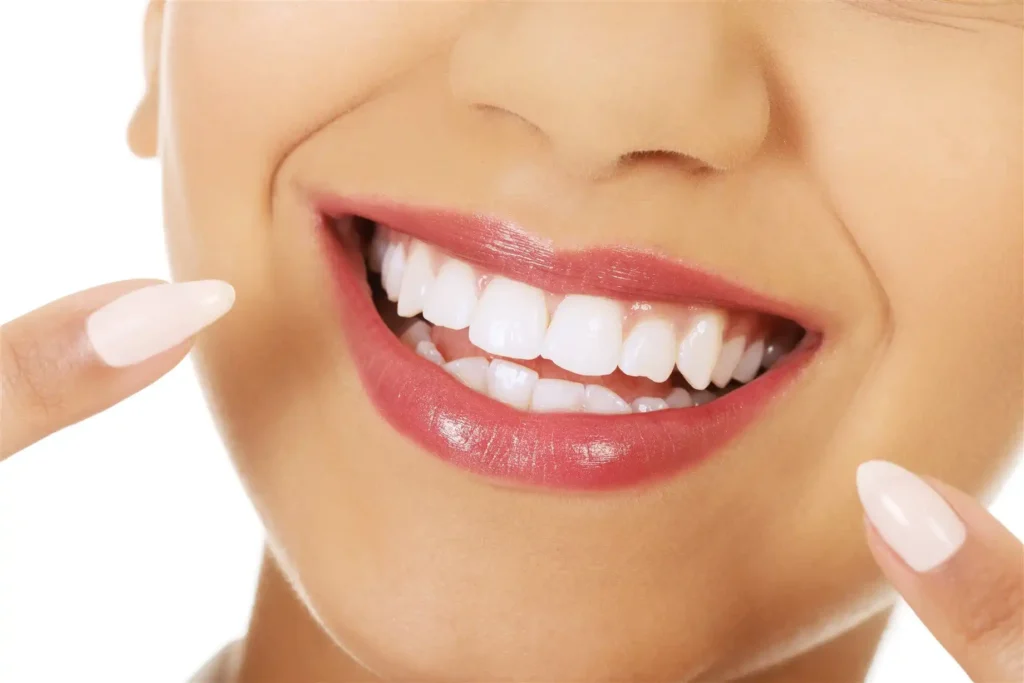
Another popular trend involves using coconut oil, which may leave teeth feeling cleaner but lacks scientific evidence supporting any actual whitening benefits. Similarly, charcoal-based products are often incorrectly believed to whiten teeth. While charcoal can indeed remove surface stains due to its abrasiveness, it can be too harsh for dental enamel.
Furthermore, there’s a trend of using 3 percent hydrogen peroxide as a mouth rinse. However, at this concentration, hydrogen peroxide is too weak for effective whitening and could potentially harm gums if not diluted properly. It’s essential to use whitening products in a targeted manner rather than applying them indiscriminately across the entire mouth.
So, if you aspire to achieve a celebrity-like smile, what steps should you take to whiten your teeth? Firstly, it’s crucial to recognize that there are different types of tooth staining.
Kahng explained that teeth whitening primarily deals with two types of stains: extrinsic and intrinsic. Extrinsic stains are on the outer surface of teeth, often caused by substances like coffee and tea, and can usually be removed during dental cleanings. Whitening toothpastes are designed to target these surface stains and prevent new ones from forming. However, if extrinsic stains are not addressed promptly, they can penetrate deeper into the teeth, becoming intrinsic stains.
Intrinsic stains are embedded within the tooth and require stronger treatments like peroxide-based products such as whitening strips or gels. While whitening toothpastes can effectively address surface stains, they do not change the color of the tooth from within.
Some whitening toothpastes may harm teeth if too abrasive, so it’s advisable to consult a dentist if unsure about which products to use. Kahng cautioned against certain charcoal toothpastes, which can be overly abrasive. However, with proper brushing techniques, even toothpastes with higher abrasiveness can be safely used within recommended guidelines.

For daily maintenance, Kahng prefers using a whitening toothpaste with medium to high abrasiveness, providing effective cleaning without being too harsh. She also shared her personal whitening regimen, utilizing custom whitening trays made from repurposed Invisalign aligners paired with high-concentration whitening gel, tailored to her needs.
Kahng recommends custom-fitted trays for anyone considering teeth whitening, as they allow for the use of professional-grade gels that are more effective and cost-efficient in the long run compared to over-the-counter options.
Maintaining white teeth requires ongoing effort, particularly influenced by diet. Foods and beverages like coffee can cause noticeable discoloration over time, necessitating more frequent whitening treatments to maintain desired brightness levels.
Discover more skincare trends:
- The Ultimate Guide to Niacinamide Skincare Products for Radiant Skin
- Mastering Your Morning Skincare Routine for Radiant Skin
- Skin Care Goals for 2024: 7 Essential Guidelines to Follow This Year
- Follow us on Facebook
